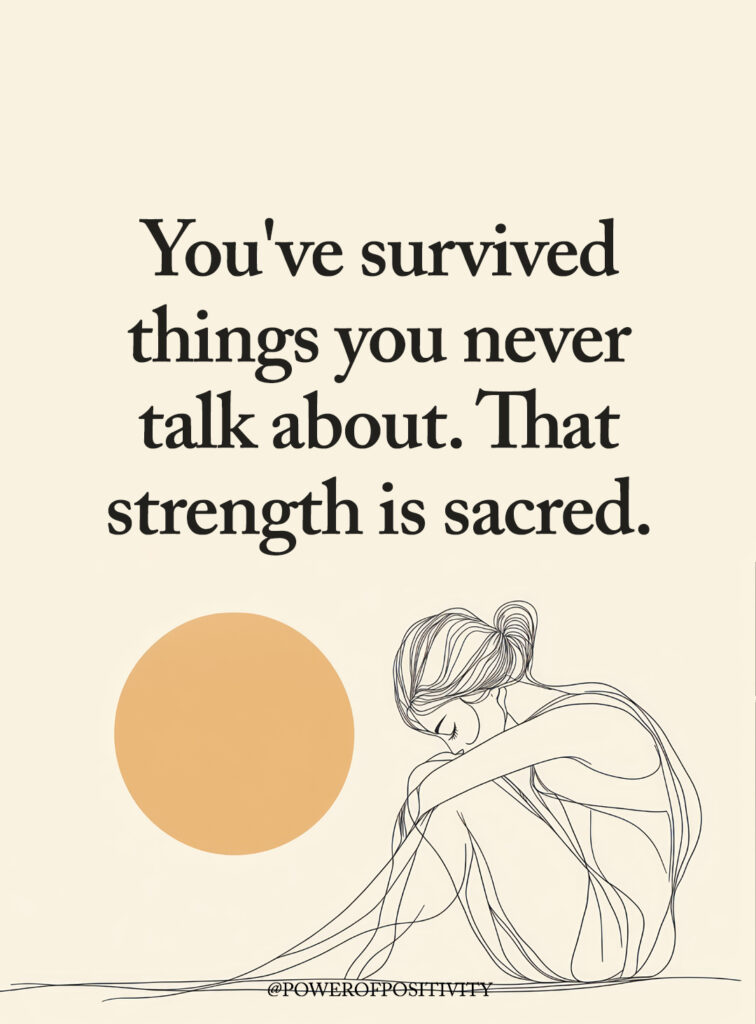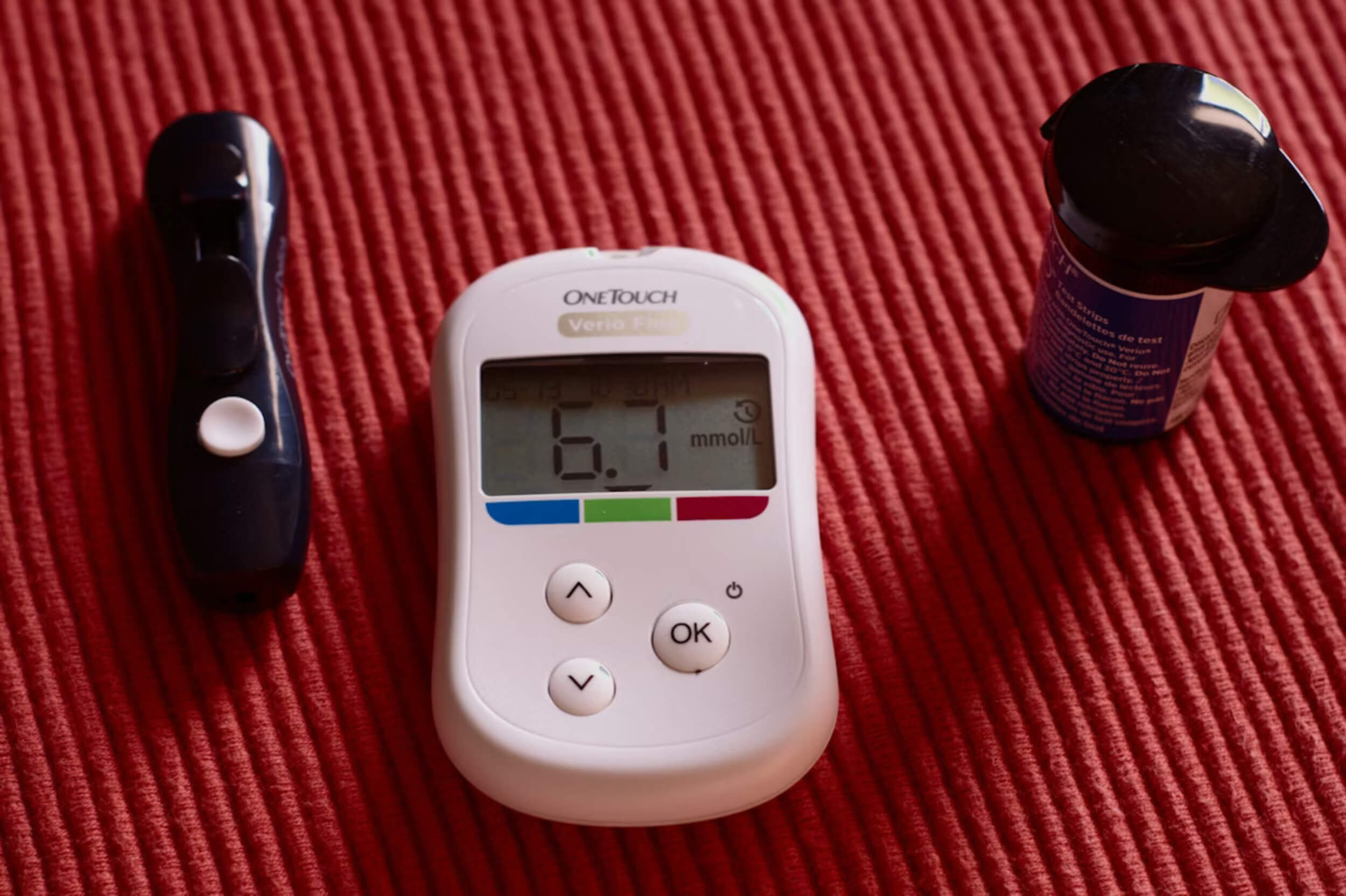Busy days often leave little room for strict diets or complicated meal plans, but small food choices can still move the needle in big ways. What you eat shapes more than your weight—it impacts blood sugar, energy, mood, and even those mid-afternoon cravings.
Simple swaps, like reaching for water instead of soda or adding an extra handful of vegetables, start to build a pattern of wins. Over time, these small shifts can add up to steady energy and better long-term health. In this guide, you’ll see easy swaps, helpful add-ins, pacing tricks, and even a 7-day starter plan. The best part? You only need to pick one change today to begin.
The Big Idea: Compounding Wins from Micro-Choices
Healthy living doesn’t have to mean giant overhauls that never stick. Small food choices work better because they’re easy to repeat and fit into real life. Skipping soda today or adding an apple tomorrow may not seem like much, but those steps build momentum.
What matters most is the “most-days” approach. Perfection isn’t required. Missing once doesn’t erase progress—it’s the pattern you build over weeks and months that matters.
These tiny shifts stack in powerful ways:
- Steadier blood sugar keeps energy even.
- Balanced appetite helps prevent late-night cravings.
- Consistent habits make healthier decisions automatic.
One change practiced daily has more impact than a big change you quit after a week.
Breakfast That Doesn’t Backfire
Mornings set the tone for your whole day. A balanced start helps stop energy dips and mindless snacking later on.
Protein First, Then Carbs
Starting with protein steadies your blood sugar and keeps you full longer. A simple swap like eggs, yogurt, or nut butter on toast can stop mid-morning crashes. Even leftovers from dinner—like chicken or beans—make a solid start. The idea is simple: give your body steady fuel before loading up on carbs. That way, the carbs you do eat work better with less chance of a sugar spike and crash.
Smart Carbs, Smart Toppings
Whole-grain toast or oats hold fiber, which slows digestion and keeps you satisfied. Adding fruit brings natural sweetness plus vitamins, while nuts and seeds add crunch and staying power. Simple combos work best: oats topped with banana and chia seeds or toast with avocado and pumpkin seeds. These pairings mean your breakfast won’t just taste good—it will carry you through the morning without the crash that comes from quick, sugary meals.
Powerful Swaps You’ll Actually Keep
Big wins often come from tiny exchanges that don’t feel like sacrifice.
Sugary Drinks → Water or Sparkling
Soda and energy drinks load the body with sugar that spikes and crashes blood sugar. Replacing even one with water or sparkling water cuts empty calories right away. Add a squeeze of lemon or lime if plain water feels boring. Over time, taste buds adjust, and cravings for sweet drinks drop.
Refined Grains → Whole-Grain Bread/Rice/Pasta
White bread and rice digest quickly, leaving you hungry again soon. Choosing whole-grain bread, brown rice, or whole-wheat pasta brings fiber and nutrients that keep you satisfied longer. Even swapping just one meal a day makes a difference. This is one of those small food choices that delivers a lasting payoff.
Fried Sides → Baked/Boiled Potatoes or Roasted Veg
French fries taste good but pack extra oils and calories. Switching to baked potatoes, boiled options, or roasted veggies keeps the comfort without the heaviness. Add seasonings or herbs for flavor. These swaps keep familiar foods on your plate while quietly making meals healthier without much effort.
Plate & Pace: Easy Wins at Mealtime
Eating well isn’t just about what’s on the plate—it’s also how you eat it.
Half-Plate Produce
Making half your plate vegetables or fruit is a simple rule that works anywhere. More color equals more nutrients and fiber, which help keep you full. This one step naturally leaves less room for processed foods and helps balance meals without tracking calories or counting servings.
Start with Veg or Protein
Taking bites of vegetables or protein before carbs helps steady blood sugar and reduce overeating. A salad or piece of fish first fills you up with the most satisfying foods. This pattern is one of those small food choices that pays off quickly in appetite control.
Slow to Full: 20-Minute Signal
It takes about 20 minutes for your brain to register fullness. Pausing between bites, setting the fork down, and noticing when you’re half-full helps avoid overeating. Slowing down lets natural signals catch up, and you’ll often find you need less food than expected.

Protein + Fiber: The Fullness Duo
Food satisfaction comes from two main players: protein and fiber.
Simple Protein Targets
Think palm-size portions of protein at each meal. Eggs, beans, chicken, fish, tofu, or yogurt all fit the bill. Protein helps muscles repair, supports steady energy, and cuts cravings. Even snacks can carry protein—like a boiled egg, a handful of nuts, or hummus. Making this one of your regular small food choices is a steady way to curb hunger.
Everyday Fiber Boosters
Fiber slows digestion and gives meals staying power. Beans, lentils, oats, chia seeds, apples, and broccoli are easy options. Adding a spoon of chia to yogurt or swapping in beans for half the meat in a chili makes a big difference. Increase slowly and drink water to prevent bloating.
Drink Choices That Quiet Cravings
What you drink matters almost as much as what you eat.
Water Habit You’ll Remember
Start the day with a glass of water and have another before each meal. This simple rhythm keeps hydration steady and prevents mistaking thirst for hunger. Water also helps digestion and gives a natural energy lift. These steps sound small, but small food choices like this can cut cravings you didn’t know were linked to dehydration.
Coffee Without the Sugar Bomb
Coffee itself is fine—it’s the add-ins that sneak in sugar and calories. Skipping syrups and whipped cream makes a huge difference. Try it black, or lighten with a splash of milk. If sweetness is hard to drop, cut sugar in half over time. You’ll still enjoy the boost without the hidden extras.
Grocery Game Plan in 15 Minutes
Planning ahead keeps healthy food close and impulse grabs out of the cart.
Two-Line List
Write down “produce + protein” before shopping. Add one or two whole-grain items. Walking in with a clear, short list lowers the chance of grabbing junk. Having a plan for the basics makes the week smoother and keeps your kitchen stocked with better options.
Batch One Base
Cooking one base protein—like chicken, beans, or tofu—saves time later. A big batch can turn into wraps, salads, or rice bowls all week. It’s a smart use of effort that reduces stress during busy nights.
Grab-and-Go Snack Box
Cut veggies, wash fruit, and pair them with yogurt or nuts in ready containers. Put them in the front of the fridge so they’re the first thing you see. A quick reach for healthy snacks is easier when they’re already prepared.
Eating Out, Still on Track
Busy schedules don’t mean giving up healthy eating.
Scan for Protein + Veg First
Look for bowls, grilled items, or salads you can customize. Getting protein and veggies first helps balance the rest of the meal and avoids the blood sugar rollercoaster.
Sauce on the Side + Half Now/Later
Requesting sauces or dressings on the side cuts extra calories without losing taste. Packing half your meal for later keeps portions in check while saving money on tomorrow’s lunch.
Convenience Picks
At cafés or gas stations, reach for yogurt cups, nuts, jerky, or fresh fruit. These quick grabs work better than candy or chips and keep you going longer.
Flavor, Not Rules: Make Healthy Taste Great
Good habits stick when food tastes good.
Five-Ingredient Seasoning Kit
Olive oil, citrus, garlic or onion powder, smoked paprika, and herbs can turn plain meals into favorites. A squeeze of lemon on greens or a sprinkle of paprika on roasted potatoes makes eating better feel like eating well, not giving up flavor.
One-Pan Methods You’ll Use
Roasting, sautéing, and air-frying are fast ways to cook tasty meals. Toss veggies with olive oil and herbs, roast on a sheet pan, and dinner is done. One pan, easy cleanup, and satisfying taste mean healthy choices won’t feel like chores.
Seven-Day Micro-Action Plan
Big changes feel hard, so start with one small win a day.
- Day 1: Swap one sugary drink for water or sparkling.
- Day 2: Add a fist-size portion of vegetables to lunch.
- Day 3: Include a palm-size serving of protein at dinner.
- Day 4: Try one whole-grain swap—bread, rice, or pasta.
- Day 5: Begin your meal with veggies or protein first.
- Day 6: Batch-cook one base protein for the week.
- Day 7: When eating out, choose grilled or baked and ask for sauce on the side.
Each step is doable, realistic, and designed to stick. These daily moves are proof that small food choices shape your week into something stronger, healthier, and easier.
Tiny Tracking, Big Motivation
Writing down wins keeps you moving forward.
- End each night with one line: “I added veggies,” or “I skipped soda.”
- Ask weekly: Did I feel less tired? Was snacking easier to control? Did meals feel more balanced?
- If a day slips, don’t worry. Restart with the easiest habit from the list, like drinking water before a meal.
Noticing progress makes habits feel rewarding. When you see proof of small food choices working in your daily life, motivation grows naturally.
Conclusion — Your Wins Start Small Today
Healthy living doesn’t come from one huge diet change. It comes from small, repeatable food choices that slowly build into steady energy, fewer cravings, and long-term health wins. Drinking water before meals, eating veggies first, or swapping in whole grains are all simple places to start.
Each week, add one more change that feels easy and natural. Let flavor and convenience guide you, not strict rules. The real success comes from stacking small habits over time, not aiming for perfection on day one.
Progress is the goal, not flawless eating. When you keep making small choices, you’ll see how they add up—one plate, one day, one week at a time.














